Meet Sol Davis

When Sol Davis arrived in Baltimore in January to take over as the new executive director of the Jewish Museum of Maryland (JMM), some could say it may not have been the ideal time to start a new job. COVID-19 was raging and the JMM was closed to visitors, with many wondering when it would fully open again.
Yet that didn’t deter him. Sol had a vision. A vision that combined the past successes of the JMM and the learnings from the COVID-19 pandemic with a concept of how museums might evolve in the future.
We sat down with this dynamic new director to get to know him better and learn about how he sees the JMM moving forward.
You previously served as the executive director of the Jewish History Musuem and Holocaust History Center in Tucson, AZ. What are you most proud of?
In Tucson, I led a project to create the first and only Holocaust museum in the state of Arizona. The idea for this began in the 1960s, when survivors began to articulate their dreams for the museum. We finally opened in 2016.
In addition, we made the Jewish museum the epicenter for young Jewish cultural life. We held private concerts in the historic synagogue on the campus, and they were packed. Young adults created many of their own programs like happy hours and quarterly Shabbatons that were wildly successful.
Why then the JMM and Baltimore?
In the Jewish museum world, the JMM is one of the strongest mid-sized museums in the country. It has a great reputation, and I am excited to be part of its success… to help craft a post-pandemic vision. In addition, there are many similarities between the JMM and the Jewish History Museum. Both sit adjacent to the downtown area where there is not a lot of Jewish infrastructure. In Tucson, we saw this as an opportunity to engage Jewish young adults, to be collaborative in designing the programs they wanted. I believe there is tremendous potential to do the same here.
How has COVID-19 changed museums?
The pandemic has accelerated the digital sphere of the museum which has expanded our work into the broader community with new ways to deliver content. It’s changed what it means to bring a museum to the people. Because of this, we no longer have geographic limitations, we can build relationships across communities and share our work all over the world.
What will the JMM look like in the future?
I see the museum as a hybrid model of digital and in-person programming and exhibits. I also believe we have this opportunity to create experiences that not only look back at our history but to enrich Jewish life in the present and re-imagine and build our Jewish future. I want to create a participatory museum where everyone is part of creating this future.
Think about the testimonies of Holocaust survivors who tell their story. I want to make testimony a centerpiece, using human voice to increase intimacy. I see the JMM collecting the community’s stories and using them as a springboard for public programs and exhibitions. Everything from family photos, recipes, record collections, documents, videos, ephemera and most importantly voices. One of the projects we are working on is 2121 Ancestral Dreaming, where we can share our hopes and wildest dreams for the Jewish community in 2121. More to come soon.
I understand your commitment to Judaism comes, in part, from your grandfather.
Growing up, I had a special relationship with my grandfather, Sol Freed. Not only did we share the same birthday, but he inspired me in so many ways. A quintessential mensch, he was deeply committed to Judaism, becoming his congregation’s president, the president of the JCC. He showed me how to be a better person.
You changed your name to Sol when he passed away.
I remember being in the room with him, and I told him that I wanted to take his name. I remember the Rabbi was there at the time and he said you have big shoes to fill. I hope that I am doing that.
If you could sit down with anyone, who would it be and what would you ask them?
My grandfather’s (Sol) great grandfather Yitzchak who was from Russia. I have his photo from 1903 over my desk. … How great would it be if I could hear his voice talking to me about his hopes and dreams for the future … for the Jewish people.
I see your bookshelf is full. Recommendations?
I have so many book recommendations! Here I will recommend Who Will Write Our History (Samuel Kassow, 2007), a book about the Ringelblum Archive in the Warsaw Ghetto. This book inspires my curatorial practice and my emphasis on social history.
If you could go back in time to another point in history, what would that be?
I would likely go back to Vilna, or Salonica, or Warsaw before the Nazi era, to experience those rich Jewish communities prior to their destruction in the Shoah.
What three things would people say about you?
I hope people will ultimately think of me as they thought of my grandfather Sol: kind, generous and deeply committed to Jewish life.
Subscribe to our newsletter
The Associated is a home for everyone in the Baltimore Jewish community. We offer several email lists to help people find a community, engage with their peers and support Jewish journeys around the world.
Join Our Mailing ListAdd Impact to Your Inbox
Sign up for our newsletter
Subscribe to our newsletter
The Associated is a home for everyone in the Baltimore Jewish community. We offer several email lists to help people find a community, engage with their peers and support Jewish journeys around the world.
Join Our Mailing List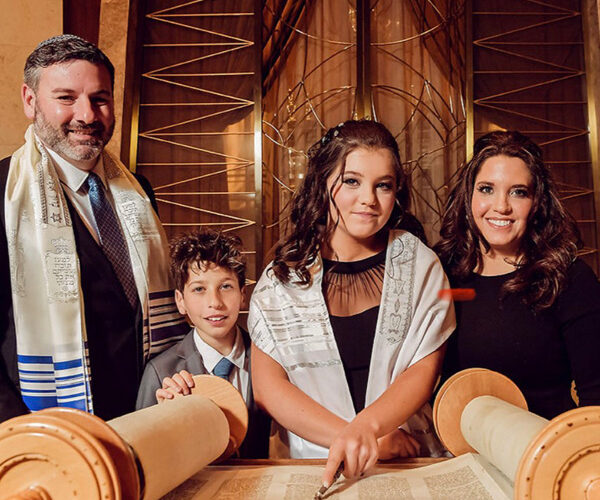
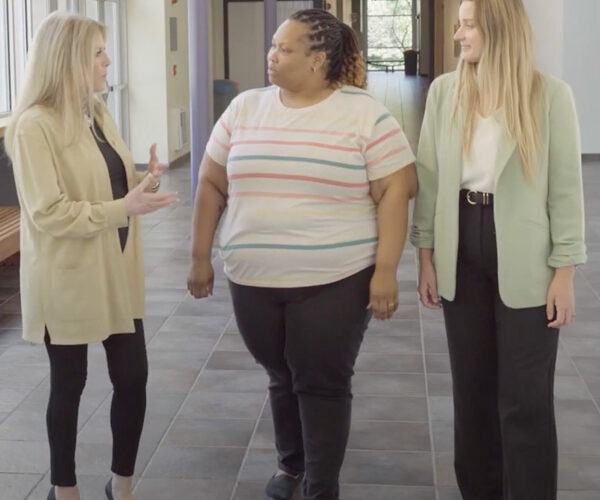

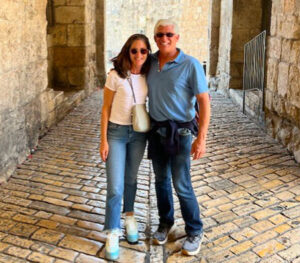
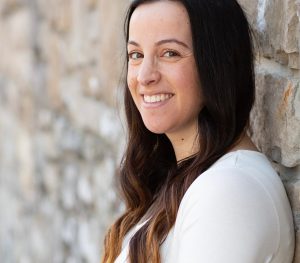

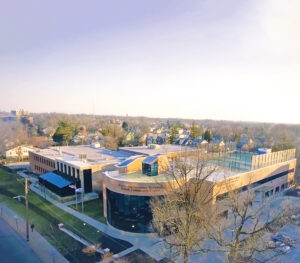

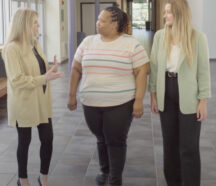

 Please Wait while we loading your video.
Please Wait while we loading your video.